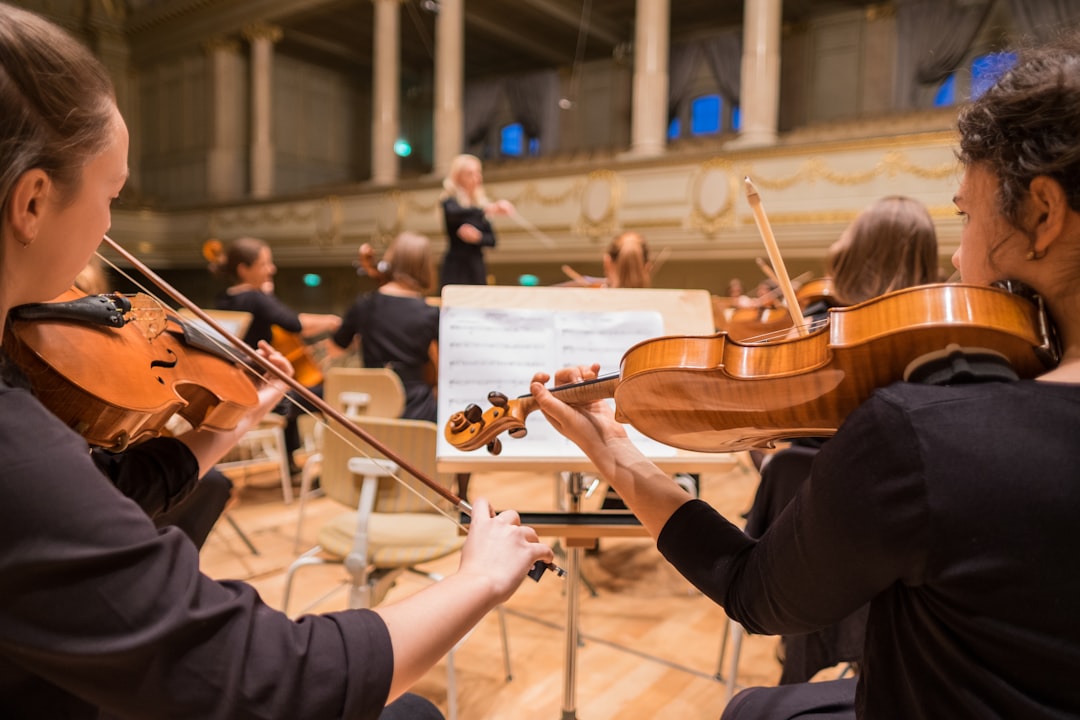What is it about?
Collective memory studies have been growing in production of knowledge, but conceptual and methodological advances remain scarce. This research note contributes by presenting an innovative and interactive group method that seeks to analyze how collective memories are constructed by different generations in their interactions with four memory sites related to the Military Dictatorship in Chile. The theoretical and methodological conceptualizations that led to the proposed method are discussed. The method includes a dialogical accompaniment and triangular groups that enable the study of people’s interactions at and with memory sites. Methodological challenges encountered are discussed, as well as interesting findings regarding the construction of generational memories. The complexity of studying collective memory processes and generational discourse at memory sites in countries with traumatic pasts like Chile demands the construction of innovative methods. Researchers designing memory studies should dare taking methodological designs a step forward in order to generate challenging new methods.
Featured Image
Read the Original
This page is a summary of: The study of memory sites through a Dialogical Accompaniment Interactive Group Method: a research note, Qualitative Research, April 2013, SAGE Publications,
DOI: 10.1177/1468794113483301.
You can read the full text:
Contributors
The following have contributed to this page










